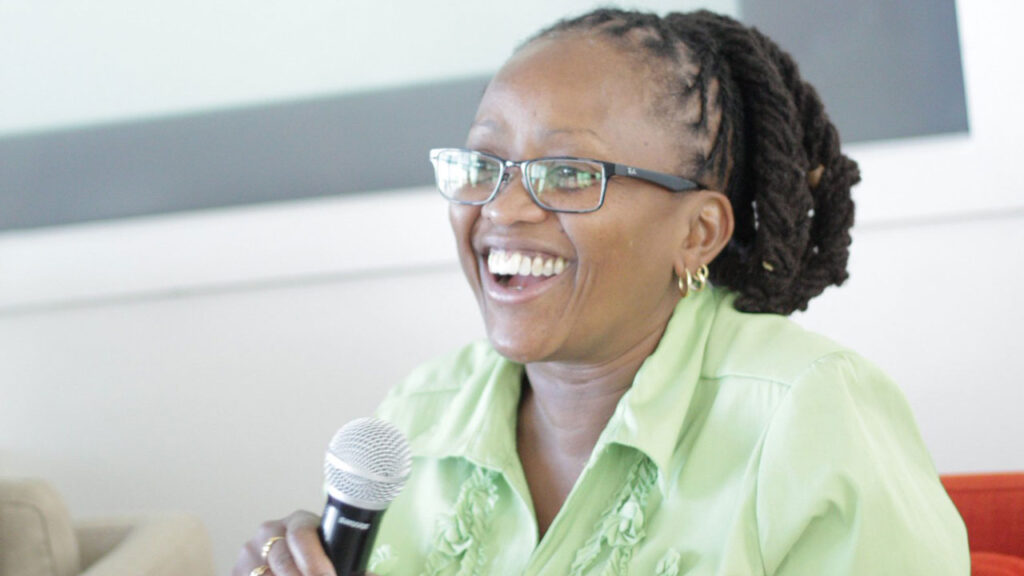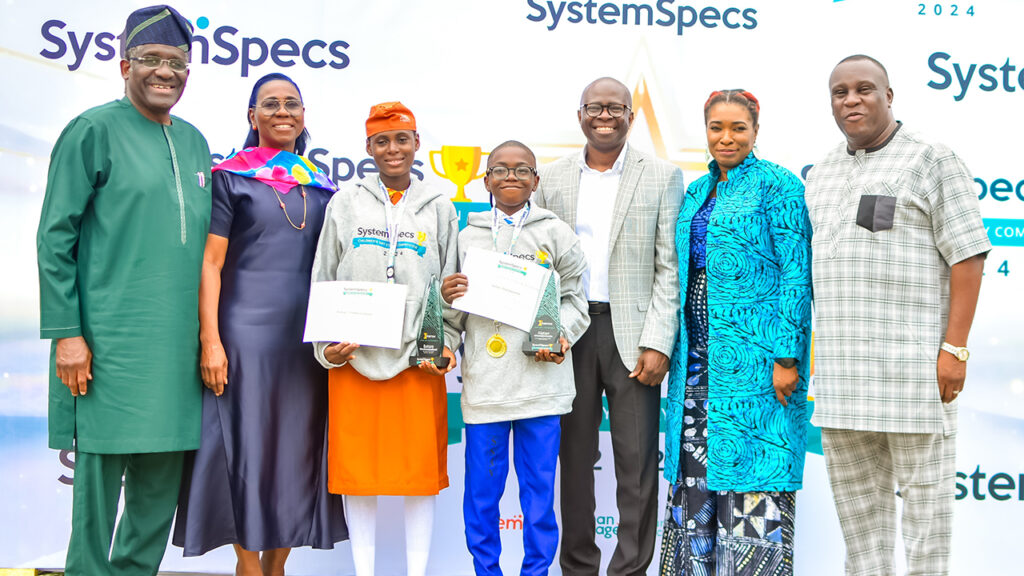
Business Development Manager, MySkills4Afrika Programme, Wanjira Kamwere has stressed the need for women to embrace knowledge in Science, Technology, Engineering and Maths (STEM) subjects, stating that girl learners are lagging behind in such fields.
Kamwere said it is important to have diversity represented in STEM, and not just for the sake of numbers. She noted that when women are pushed out of careers in STEM by systems of bias, this influences the products and services that STEM organisations create.
According to her Artificial Intelligence (AI) or Machine Learning bias is a recognised concern for organisations developing products and services using this technology.
“Only 26 per cent of AI professionals globally are female, according to the 2020 World Economic Forum report on the Global Gender Gap, which also found that current trajectories mean sub-Saharan Africa will only close its gender gap in 95 years – another reason why Microsoft is investing in women’s STEM development.”
She said it is evident by the significant investments into skills development and educational programmes that Microsoft believes in upskilling the youth to have the right skills to succeed in the Fourth Industrial Revolution.
According to the UNESCO report, ‘Cracking the Code: Girls’ and Women’s education in STEM’, only 35 per cent of STEM students in higher education globally are women.
She said: “This gender gap is especially concerning when we consider that STEM careers are referred to as the jobs of the future. UNESCO noted that a strong gender imbalance exists globally, particularly in sub-Saharan Africa, in regard to women’s representation in STEM fields. According to the United Nations Institute of Statistics (UIS) less than 30 percent of the world’s researchers are women. Numerous studies have found that women in STEM fields publish less, are paid less for their research and do not progress as far as men in their careers.
According to her there are many complex reasons why girls and women are so underrepresented in STEM subjects and fields.
She listed the reasons to include conscious and unconscious biases, social norms and cultural expectations frequently influence the type and quality of education girl learners receive and the choices offered to them.
“It is vital that we engage with girls at primary and secondary school levels to raise the visibility of STEM subjects as a potential career trajectory. One such collaboration is the DigiGirlz programme, which inspires high school girls to pursue STEM subjects by providing them with the opportunity to interact with Microsoft employees and receive computer and technology training.”
Kamwere said each year, Microsoft hosts DigiGirlz Day across the world, including in the Middle East and Africa. The one-or three-day events see students interact with Microsoft employees and managers to gain career guidance, information about technology and business roles.
Research also shows a sharp drop-off in women who initially study STEM subjects. Women leave STEM disciplines in disproportionate numbers during their studies, during the transition to the workplace and even during their careers. Mentorship programmes can help encourage women to pursue these careers.
According to the World Bank, bringing more women into digital jobs can help transform the economy by increasing women’s earnings and financial independence.
“But this opportunity will be lost without the skills needed to drive inclusion in the tech sector. That’s why it is a social, moral and economic necessity to ensure young girls and women in Africa are given the skills to master technology and increase the number of future-ready professionals,” she said.













